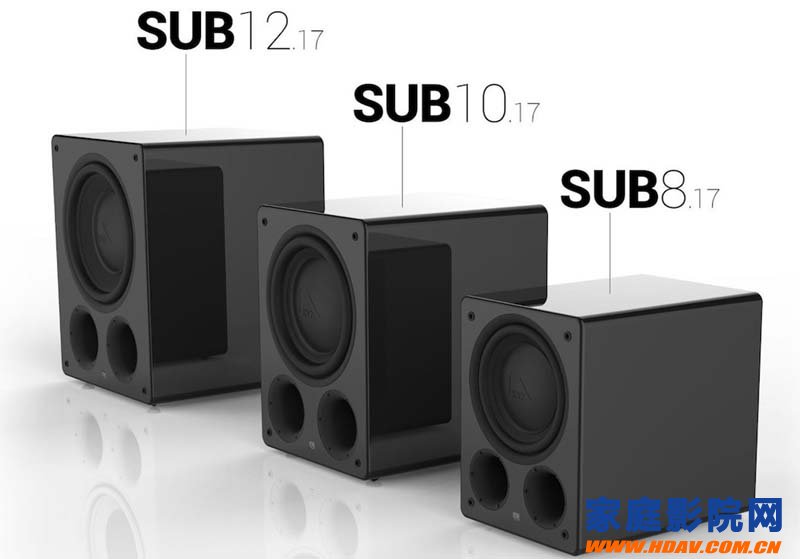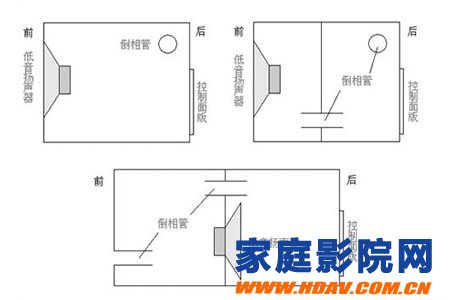[Home Theater Network HDAV.com.cn] I believe many of my friends will find that after using the subwoofer for quite some time, the subwoofer's box will emit some "extra" noise, also called "resonance". For those who like the bass effect, it affects the effect to some extent. Where do these “resonance sounds†come from? Let us briefly understand the structure and working principle of the subwoofer.

First, there are two cavities in the general subwoofer. The woofer is placed in one of the cavities. When the woofer is working, it acts on the air inside, so that the lower limit of the low frequency of the speaker is raised. Then, after an internal phase-inverting tube, the sound is inverted and sent to another cavity, and then the inverted phase tube that communicates with the outside world reverses the internal sound and sends it back to the outside of the box, and the sound is inverted. It is used to make up for the lower limit of the woofer. The figure shows the internal structure of the three subwoofers that we can find on the market.
Under the impact of airflow, vibration is inevitable. For this reason, the screws between the fixed control panel and the cabinet may become loose, causing a gap between the two. Under the action of airflow, a resonance phenomenon (one of the sources of resonance sound) is generated between the two. Due to the gap, a part of the airflow is lost (gas leakage), which causes the strength effect of the subwoofer to decrease. At this point, we only need to tighten the screws again to check if the seal is good, so we can solve such problems. Interested friends can reinforce this area. We can use some thinner colloids (such as the inner tube of a bicycle), cut into thin strips, sandwiched between them, and then glued to fix. This kind of practice can reduce the resonance phenomenon very well, and it can also improve the sealing performance, and the effect is quite good!

For those subwoofers that solve the problem externally and the resonance sound remains, then we need to turn our attention to the inside of the cabinet. As is known to all, connected to the control panel is a power amplifier circuit board. Because the power of the power amplifier chip is quite large, a large heat sink is often installed behind the design to assist heat dissipation. The two are fixed by screws. However, the airflow impact of the cabinet is very large, which may cause the fixing screws to loosen. At this time, we should re-tighten them. At the same time, I recommend using glass glue to fix them, further reducing the occurrence of resonance.
All in all, resonance phenomena and poor sealing are inevitable, but they can be minimized. For those who plan to buy a new subwoofer, in the case of determining the brand and model, be sure to listen carefully to the resonance sound of the subwoofer, check whether the seal is good, such as whether there is air leakage in the control panel and the cabinet. and many more. More fresh and fun home theater information, please pay attention to home theater network http:// (WeChat: cnhifi), the country's most influential home theater audio player interactive media website.
Easy Electronic Technology Co.,Ltd , https://www.nbpcelectronicgroup.com
